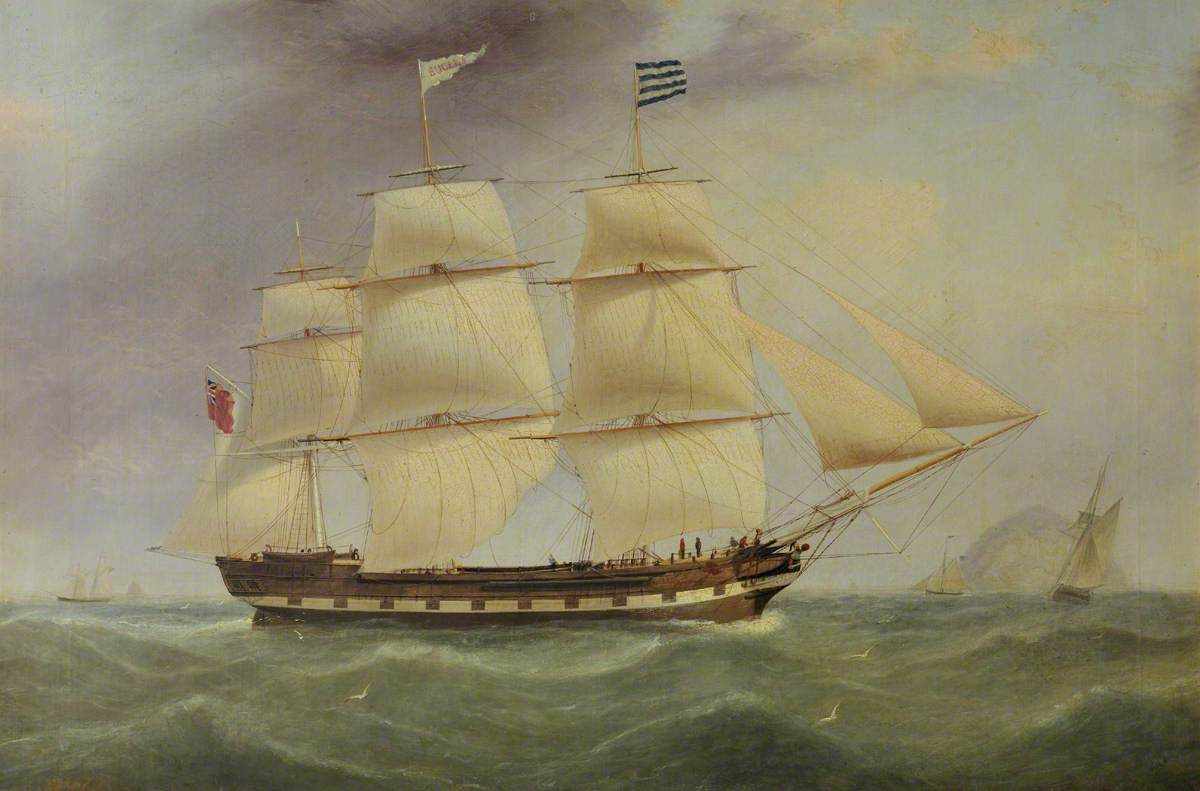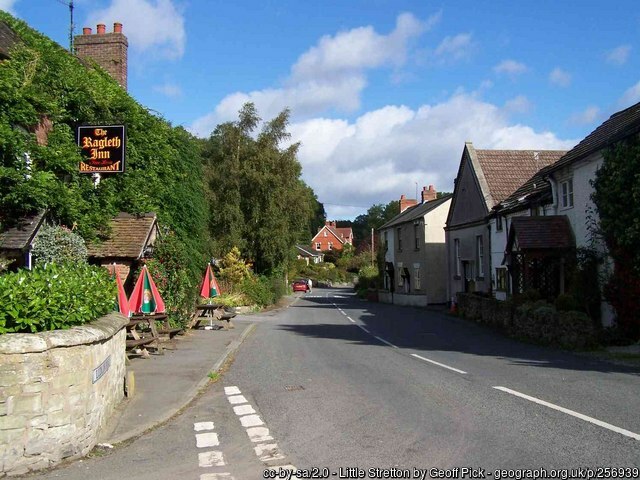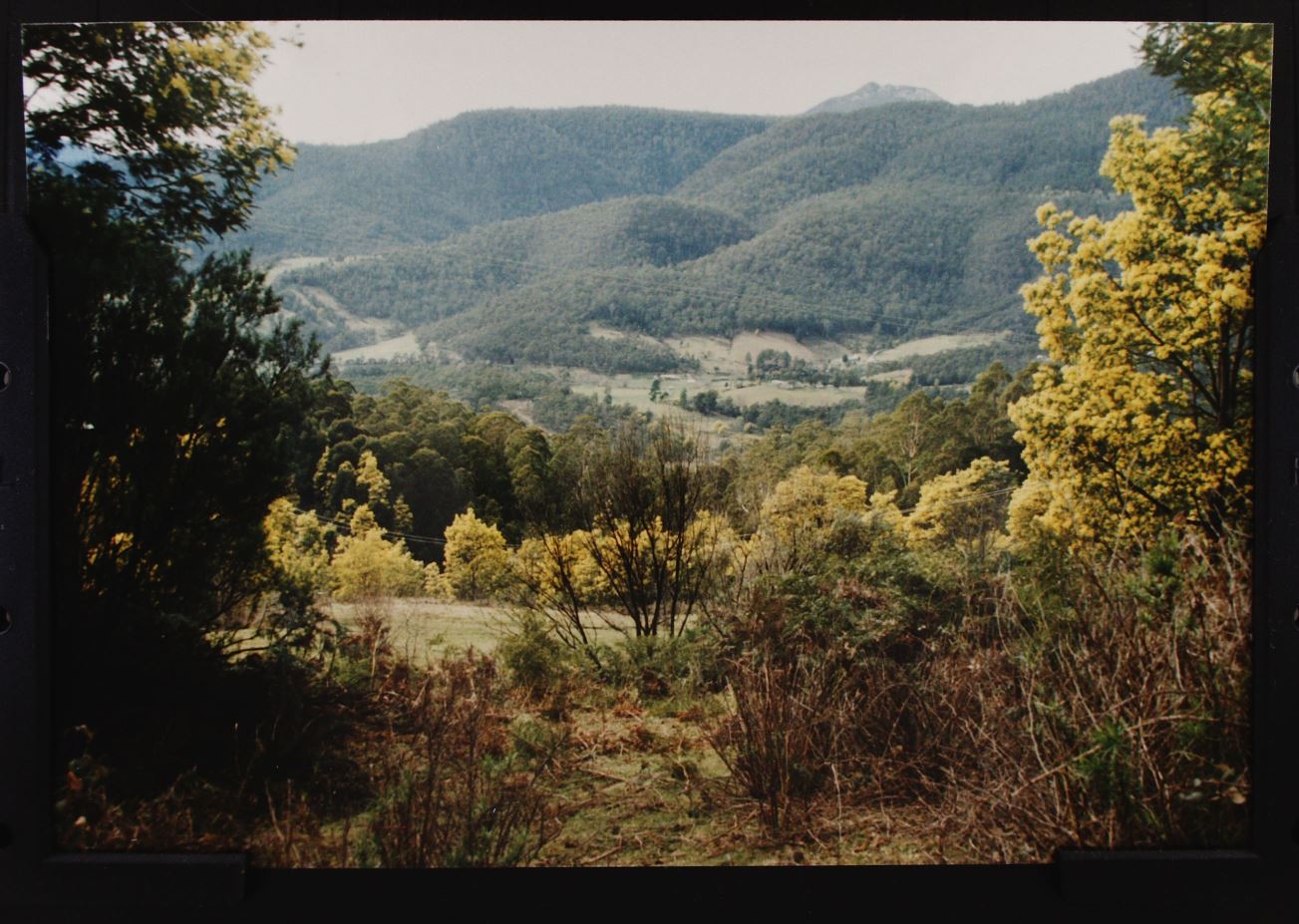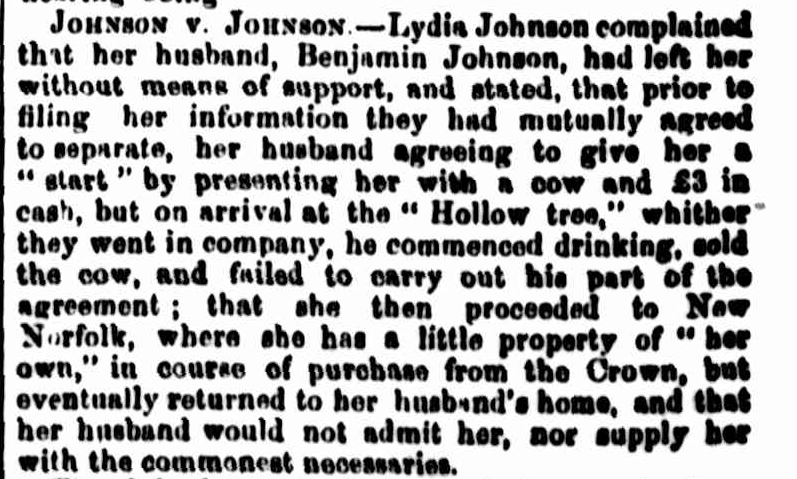It’s International Women’s Day. I spent a bit of time looking at all the women in my tree to see who might best represent women for me, this year, and Lydia leaped out instantly. She had an eventful life and was proactive throughout. Unlike many in my tree her story doesn’t fade away into motherhood. I don’t know if she would have thought her life a happy one. There were happy moments. But given where she came from, and the perhaps questionable life chooses she made, she did all right. And she certainly left a large number of descendants to keep her memory alive after her death.
Lydia was the second child in her family, the daughter of William Jelley, an agricultural labourer, and his wife Lydia nee Smeeton. She was baptised in Little Stretton where the family lived. The family had long connections with the town – at least, Lydia’s father did. The Jelley family were poor and uneducated, but they seemed to always have work and probably worked very hard.
The Smeetons were different. They had some connections locally, it is true, but the Smeetons were based in London at this time. Maybe they were among the poor who migrated in to the big city seeking work. Lydia’s mother was born in nearby Countesthorpe as far as we can tell, but there were certainly cousins in London. One of our Lydia’s uncles was a butcher in Surrey and as newspaper reports later show, Lydia had contact with her cousins there.
Leicestershire was in an uncomfortable state in the 1820s when Lydia was born and raised. Bang in the middle of the country, utterly landlocked, it did not benefit from sea trade or naval activity. And yet it was a hotbed of insalubrious activity. Of travellers moving from one side of the country to the other. It was near to Staffordshire and Warwickshire which were centres of crime in those days. Hardware was the industry in those counties, nailmaking and smelting and working with ore. And their very tough working conditions led to a lot of refugees moving in to peaceful, more rural Leicestershire.
Organized criminal groups were everywhere. Smugglers, highwaymen, fences taking stolen property from one county and selling it in another. And Leicestershire – bang in the centre of England – was The Crossroads. The place where stolen goods changed hands. The place where a wanted man took a quiet moment to shave off his beard and don a wig and transform into a different person, before heading further away from his troubles.
The Smeeton cousins in London may have been involved in this sort of doings.
And under its peaceful rural facade a new type of rot was setting in for the poor people of Leicestershire. Into the 1830s the textile industry came into its own. Crops changed. Industrialization made its mark. More and more Leicestershire labourers made their way to the city of Leicester to work in sweatshop conditions, whole families at their looms from morning till night, never seeing the sun.
This was beginning to happen as Lydia grew up.
They were a fairly healthy family; healthy enough that all the children survived infancy. By the time Lydia was eleven years old there were six of them. In order they were Eliza, Lydia, John, Dorcas, Harriet and William.
Looking through the British census records show that the Jelley children left home at the youngest age possible and went out to work themselves. In Leicestershire they could be employed at age eleven. Eliza was probably already gone, and now it was Lydia’s turn. At about the age of eleven, somewhere around 1835, she became a servant in someone else’s household.
Lydia first pops into the newspaper record on the 4th July 1840 in the Leicester Mercury.
Lydia Jelley, a female recently in the service of Mr Healey, tailor, was charged with stealing several waistcoat pieces, his property. The prisoner left his service in November last, and about three weeks ago was apprehended by Mr Price, the constable of Ashby, on a charge of felony, when he found the waistcoat pieces in her box. As Mr Price was not in attendance, she was remanded for further examination on Monday.
Leicestershire Mercury 4 Jul 1840 p3
On the 11th July 1840 in the Leicester Mercury:
Lydia Jelley, who was remanded on Friday on a charge of stealing several fancy waistcoat pieces from the shop of Mr Healdy, woollen draper and tailro, of St Martin’s-street, sometime in November last, being placed at the bar. Mr Price, the constable of Ashby, stated that on the 18th of June the prisoner was about to leave her place of service at Ashby in consequence of her master suspecting that she was not strictly honest, when he was sent for and her boxes were searched in his presence, and the waistcoat pieces found amongst her clothes; on being questioned as to how she became possessed of them, she said they were sent her by a relation of the name of Smeeton, residing in London, and denied that she had ever lived with any tailor or draper in Leicester. Mr Healey identified the waistcoats as his property, which he said must have been taken by the prisoner during the short time (three weeks) that she was in his service, which she left on the 14th of November. She was committed for trial at the assizes.
Her crime is written into the gaol register as ‘larceny by servant’, a type of larceny given its own category. And a month later:
LYDIA JELLY, 17, pleaded Guilty to a charge of stealing, on the 14th of November, twelve waistcoat pieces, the property of her master, William Healey. One months imprisonment. Mr T Deacon, Conduit-street, who had known the prisoner 13 years, gave her a good character; and said he should be willing, on her liberation, to take her into his family.
Leicestershire Mercury 15 Aug 1840, p4 ‘Leicestershire Summer Assizes’ via Findmypast
Thomas Deacon of Conduit St was a stocking maker, a widower with a daughter of Lydia’s age. And in the 1841 census it’s just he and his daughter Eliza. It obviously didn’t work out with Lydia. She’s a servant to hozier William Preston in Southampton St, Leicester.
This place didn’t work out either.
We next see Lydia in the Leicestershire Mercury, November 1842, in the Leicester Police Courts report.
Lydia Jelly was brought up under the following circumstances: – She had been living with Mr. Rogers, dentist, London Road, for the last six weeks. It appeared that she had been out all the night of Tuesday, as when she was called at six o’clock on Wednesday morning she was not to be found. She returned soon after withi a small basket and let herself in at the back door. The basket contained a gold finger ring, two bracelets, a miniature and several other articles. She said it was given to her by a young woman in the street, who would call for it. The articles are supposed to belong to some person with whom she had formerly lived. – Adjourned to Monday.
Leicestershire Mercury, November 1842 p 1
Here’s a more complete explanation:
IMPUDENT ROBBERY NEAR WEST-COTES – About a fortnight ago, the house of Mrs Bugg, near Westcotes, was broken open and a great quantity of jewellery etc was stolen therefrom. Some three weeks since, a young woman named Lydia Jelley, who lived as servant with Mrs Bugg, left to enter into the service of Mr Rogers, dentist. [Then comes a summary of the night out and the early morning return ..].
… she was observed by Mrs Rogers to have a basket with her. Mrs Rogers’ suspicions were excited, and she desired to see what the basket contained; and on inspecting its contents she saw a ring and other articles of jewellery therein. Mr Rogers immediate gave information to [the authorities] and hastened back to secure the lady, but she had made her escape. She was next heard of as being at Market Harborough, where in consequence of some suspicious circumstances, she was taken up by Clarke the constable of that place.
Leicester Chronicle 12 Nov 1842
and the resolution on 26th November 1842:
Lydia Jelley, the young woman who lately robbed her late mistress, Mrs Bugg near West Cotes, of a quantity of jewellery, was today committed for trial. Prisoner is a very neat respectable-looking young woman; but this is not the first time unhappily that she has been unable to restrain her hands from picking and stealing.
The case wasn’t brought to trial until March 1843, during which time Lydia presumably waited in gaol.
25th March 1843
LYDIA JELLEY (19: read and write well) was charged with having, on the 8th of November last, stolen, in the dwelling-house of Mrs Charlotte Bugg, a muff, four shawls, a mantle, six veils, two dresses, a watch, three brooches, and other articles, the property of the Rev G Bugg. The prisoner pleaded guilty, and a previous conviction having taking place, she was sentenced to fifteen years transportation.
Leicester Chronicle 25 Mar 1843, page 1, ‘Borough Spring Assizes’

I couldn’t find a picture of the exact ship, but the above vessel has very similar stats. Lydia was transported on the Emma Eugenia.
Why did Lydia do it? She came from poverty like many others. She was the second daughter in a large family and probably helped raise her siblings and work in her own home. But this does not bring people to crime. She was intelligent. In her first incarceration she is recorded as having ‘imperfect’ literacy skills, but later they are high. She worked for some years before her first arrest.
Did something happen to turn her onto that path? A problem with an employer? Or was she trained up to that life from an early age? The confusion for me is that she seems to have come away with nothing. She was moving residence very frequently, living out of her box. Almost like someone on the run. What did she do with the spoils of crime? Was she caught up in organized crime and passing on the loot to someone higher up the chain?
There’s a note in the paper a few months after this incarceration. Through her exploits, Lydia had caught the eye of the press. Her career was guaranteed to attract attention, the fear of untrustworthy servants was understandably strong in England. And so we have a final statement in the Leicester Chronicle of 02 Sep 1843.
REMOVAL OF FEMALE CONVICTS – On Saturday last the following were removed from the Borough Gaol, in custody of the governor and matron, to Millbank Penitentiary, viz., Anna (Actually Hannah) Cobley, aged 25, and Mary Carr, aged 20, for ten years, and Lydia Jelley, aged 19 years, at the March assizes, for fifteen years. A ship for the conveyance of female transports is expected to sail for New South Wales in October next, when the above convicts will probably be sent to their destination.
They left London on the 18th November 1843 and reached Hobart Town on 02 April 1844.
Lydia is described as a dark haired woman young woman with dark hazel eyes. Her height measured at 4 feet 11 and a half inches. Black eyebrows, long nose, small mouth. Once again she is describes as able to read and write well, she can work as a housemaid or needlewoman or Laundress. She’s single and her character is bad.
Like most other female convicts in Hobart Town in this decade, Lydia went to the stationary prison vessel Anson to be trained and refined as much as possible, and generally brought up to standard for assignment in the colony as needed. There’s not much in her convict record. Nothing to steal, perhaps, or she was removed from the influences that led to it. She’s not even involved in the common petty insolences that many women convicts indulged in. And wherever she was assigned, they were happy with her. She wasn’t returned to depot. Nobody made a report against her.
And we can assume that by 1845 she ended up in New Norfolk because that’s where she met her future husband. And probably where her eldest child was born.
We don’t know which came first, the marriage or the baby.
Lydia was granted permission to marry Robert Briers (in the convict books as Robert Bryars) on 31 Jan 1846. She was 21, he was 26. He came from Leicestershire too, a quiet man whose family had moved off the farms into the textile industry. Like Lydia he was transported for larceny. We can’t know for sure but there doesn’t seem to have been a violent bone in his body. He was a gentle soul who did what he had to do. He may have lacked the fire and entrepreneurial spirit of his new wife, but he was an anchor, and probably one of the safest men one could find.
They were married in St Matthews Church, New Norfolk, on 25th Feb 1846, just four weeks before the birth of their daughter Susan.
Is Susan actually Robert’s child? I don’t know. I haven’t matched with any DNA-testing descendant who can tell us. But let’s assume she is. We can also assume that Lydia’s pregnancy encouraged the authorities to approve the marriage application and allow the hasty marriage.
The next birth registration is that of daughter Eliza in 1849. But sometime before Eliza was born a son named Robert. He might have been born earlier than Susan, or in that gap between the two. Lydia was still serving out her sentence but might have been assigned to her husband once his was served out in 1848.
Robert and Lydia settled at Lachlan, a village in the hills near New Norfolk, where they raised their family. They were tenant farmers and with Robert’s farming knowledge and Lydia’s brains, they made a success of it.
Their son Robert was probably born in 1847. For a while I suspected he was not actually the son of convict Robert Briers, but DNA has confirmed the line. My assumption of child order is as follows.
Lydia received a ticket of leave in 1851 and a conditional pardon in 1854.
Robert Briers died in 1868 at the rather young age of 47, leaving Lydia with a farm and a very large family. And this is where we see Lydia come into her own.
She’d been saving. And at some time, maybe now with the death of her husband, but more likely before since he seemed to have kept her steady, she bought land. She bought the land they were currently farming and she bought other neighbouring land. She became a farmer in her own right. Lachlan was a tight community, they all pitched in together to work on all the properties and she’d have had labour to utilise when she needed it. But she must have understood that she had to give back too.
There are still Briers families at Lachlan today, the descendants of Robert and Lydia. They achieved a great deal given their beginnings. And after Robert’s death Lydia continued for a while at Lachlan, in charge of her own place and a merchant in her own right.
All the same, she met someone new and married him a year after Robert’s death, a saddler with his own property in Hobart named Benjamin Johnson.
It was not a good move.
There’s a sort of Lydia feel about this. An impulsivity, a spark and an originality. The two must have found common ground. He seems to have been a drinker, I think they might have met in a pub and conducted much of their courtship inside one too. And then they married and in the cold light of day things fell to bits rather fast.
The following comes from The Mercury, Hobart FRANKLIN. (1874, August 28). The Mercury (Hobart, Tas. : 1860 – 1954), p. 2. Retrieved March 8, 2021, from http://nla.gov.au/nla.news-article8931902
28th August 1874
I don’t know what happened after that. A man named Benjamin Johnson died in 1883, the civil registration was informed by the undertaker. This might be Lydia’s husband. In his very lengthy will he leaves everything to his daughter by his first wife and there’s no mention of Lydia at all. So is that the same person?
It might be, because just a year later in 1884, Lydia purchased forty nine acres and two roods at Molesworth for 66 pounds. This is another village outside of New Norfolk. Possibly she did this after selling the land at Lachlan, but if so she sold that land to her sons Robert and William because it remained in the family. And if not, where did the money come from?
She might have simply saved it up.
Lydia Johnson formerly Briers nee Jelley suffered an onset of dementia in her last years. She died on the 19th August 1899 in ‘New Norfolk’ which could mean New Norfolk township, or Molesworth, or Lachlan, or any of the other little communities that existed separate to the main town but kind of adjoined to it.
Lydia was buried in North Circle Cemetery in New Norfolk in a grave well known by all her descendants.
So, why did I choose Lydia for this International Women’s Day post?
Because she came from nothing and made her mark in a world that did not give a woman the freedom to excel. The penal colonies of Australia were a great opportunity for men. There was still oppression and prejudice, but any determined man who kept his head could make his mark, become a landowner or a shop owner and become a success. It wasn’t so easy for women. Especially women of independent spirit.
Lydia did her best while widowed. That was when she bought land. That was when she showed that she had money saved and put away. That was when she was most equal to the men around her; not a servant girl who had no authority, but a mature woman with all the power granted to the widow, the almost-equality afforded one who was on their own through no fault of their own. She was beloved by her children to the end, by her many grandchildren and even great grandchildren.
And one wonders what she might have achieved in a different era.
- By Jean-Étienne Liotard – The Chocolate Girl, Public Domain, https://commons.wikimedia.org/w/index.php?curid=153885
- https://commons.wikimedia.org/wiki/File:England_Admin_Counties_1965-1974.png
- By Heinrich Zille – http://www.villa-grisebach.de/, Public Domain, https://commons.wikimedia.org/w/index.php?curid=469070
- Clark, William; The Barque ‘Eucles’; National Maritime Museum; http://www.artuk.org/artworks/the-barque-eucles-173269
- A red dot for Hobart Town, another for the township of New Norfolk (formerly Elizabeth Town) and just to the south of that township, the village of Lachlan at the edge of the mountains. Portion of the following map, with colour dots added silicon_press_uk, CC BY-SA 2.0 https://creativecommons.org/licenses/by-sa/2.0, via Wikimedia Commons
- Family Notices (1869, June 9). The Mercury (Hobart, Tas. : 1860 – 1954), p. 1. Retrieved March 8, 2021, from http://nla.gov.au/nla.news-article8859485
- FRANKLIN. (1874, August 28). The Mercury (Hobart, Tas. : 1860 – 1954), p. 2. Retrieved March 8, 2021, from http://nla.gov.au/nla.news-article8931902
- State Library of Tasmania RGD1/1 Book 97, Page 64
- http://www.gravesoftas.com.au/ , with permission.













